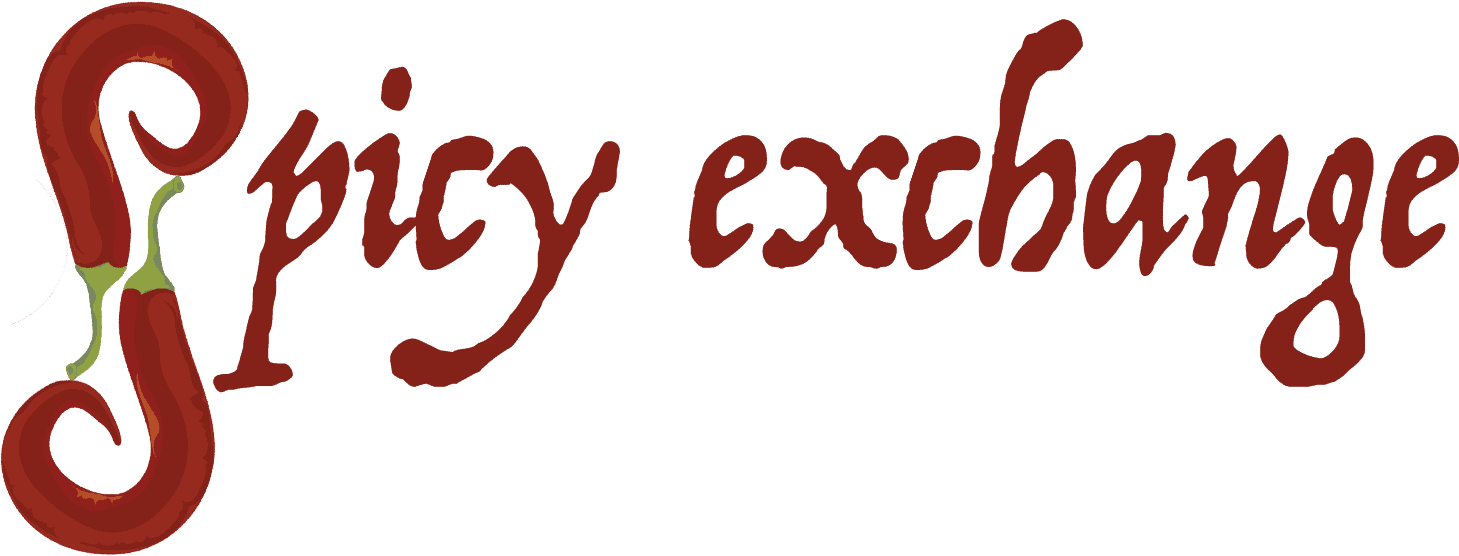Guide to Scotch Bonnet Peppers
Scotch Bonnet peppers are a favorite in Caribbean cuisine due to their potent heat and spicy-sweet tropical taste. They are commonly used in preparing dishes such as jerk chicken and pork. In this article, we will cover everything you need to know about Scotch Bonnet peppers, such as their spiciness level, flavor profile, and their various uses in cooking.
Facts about Scotch Bonnets
Scotch Bonnets
| Heat level: | Hot | |
| SHU: | 100,000 - 350,000 | |
| Classification: | Capsicum chinense | |
| Origin: | Caribbean | |
| Flavor: | Fruity Sweet Apple |

What is a Scotch Bonnet pepper?
The Scotch Bonnet pepper is one of the spicier peppers you can find at the supermarket, with a heat range of 100,000 to 350,000 Scoville heat units (SHU) – similar to a habanero. The pepper is named after its shape, which resembles a Scotsman’s bonnet. They range from one and a half to two inches long and appear bulbous. They age from green to red and showcase multiple green and orange shades in between as it matures. The pepper is popular in Caribbean cuisine and is used in dishes like jerk chicken and jerk pork.
How spicy are Scotch Bonnets?
The Scotch Bonnet packs a punch, with a heat range of 100,000 to 350,000 SHU, making it one of the spiciest peppers you can find at the supermarket. It’s 12 to 14 times hotter than a jalapeño and 2 to 12 times hotter than cayenne peppers, so it may be too spicy for some people. However, there are many hotter chilies above the Scotch Bonnet on the Scoville scale, such as super-hot ghost peppers and Carolina Reapers. The scotch bonnet’s spiciness is often considered the highest you’d typically go among true culinary chilies.
What do they taste like?
Scotch Bonnets have a unique flavor profile that combines a sweetness like a tomato with the delicious hints of apple and cherry. That’s why they’re such a hit in Caribbean cuisine and tropical hot sauces. Fun fact: the flavor and heat of the peppers can vary depending on where they’re grown and the soil they’re grown in.
You can also find different types, like the chocolate or Tobago Scotch Bonnet, each with its own distinct taste. Plus, they come in a variety of colors ranging from orange-pink to chocolate-brown.
How to use Scotch Bonnets
Scotch Bonnets are versatile in their use and can be substituted for habaneros in most recipes. They are a great ingredient for extra-hot salsas and spicy marinades, and can even be used in cocktails. The pepper pairs well with tropical fruits and spices of the Caribbean region, making it a popular choice for Jamaican jerk chicken or pork. Scotch Bonnets are also a great option for those who love to experiment with flavors.
More Scotch Bonnet cooking tips
When cooking with Scotch Bonnets, it’s important to remember to respect the heat. They sit at the upper end of spiciness for commonly used culinary chilies, so it’s best to use them sparingly until you become familiar with their heat.
To play into the tropical flavor, pair the pepper with ingredients that complement its sweet taste. Scotch Bonnets also work surprisingly well with earthy ingredients, adding a surprising sweetness when unexpected.
Where to buy Scotch Bonnets
Scotch Bonnets can be found in most supermarkets, especially in geographic areas high in Caribbean residents. They can also be found online and in Caribbean or Latin American markets. Look for peppers that are firm and have a bright color. Avoid any that look wrinkled or soft, as they may be past their prime.
Scotch Bonnet substitutes
If you can’t find Scotch Bonnet peppers at your local supermarket, there are a few substitutes that can still give you a similar flavor and heat. Habanero peppers are the closest substitute, having a similar heat level and flavor profile. You could also try using Thai bird’s eye chilies, which are pretty easy to find in the standard supermarket.
If you’re looking for a milder substitute, you could try using serrano peppers, which have a heat level of around 10,000-25,000 SHU, compared to the Scotch Bonnet’s 100,000 to 350,000 SHU.

